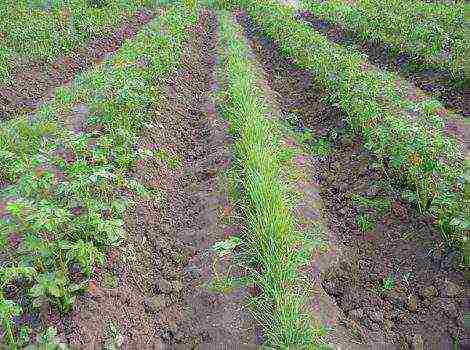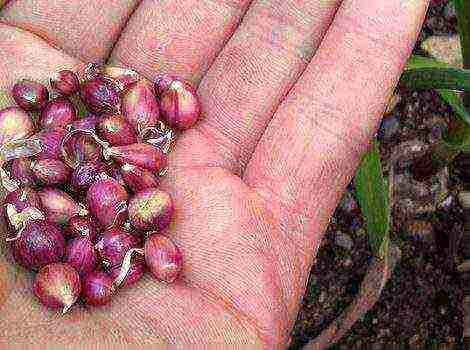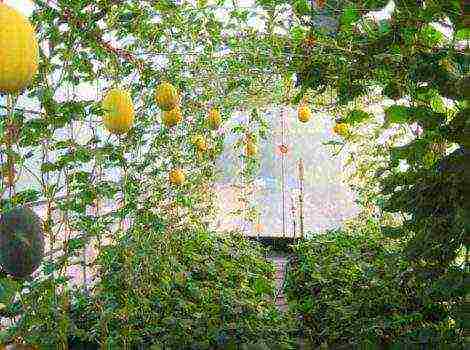Full description of the Kazachok cabbage variety
Cabbage is a popular and healthy product. It is rich in vitamins. Early varieties allow you to get fresh fruits as early as July. A detailed description of all the features will help you easily decide where and when you can use this variety of Cossack cabbage.
Characteristics and features of the variety Kazachok F1
Cossack F1 - a hybrid of early ripening. The time from planting seedlings to full maturity is 45 to 50 days. The head of cabbage has a greenish round shape. On the cut it is white or slightly yellowish. Medium density, usually about 1.5 kg. Plant height 25-30 cm, head of cabbage 20-25 cm in diameter. stump is small. The vegetable has a good fresh taste. Does not crack. Most often used fresh.
Advantages and disadvantages
Among the advantages thanks to which the Cossack woman gained popularity among gardeners are the following:
- Getting an early harvest.
- Withstands frosts down to -5 degrees.
- Disease resistant black leg, mucous and vascular bacteriosis.
- The crop ripens at the same time, you can immediately release the entire garden.
- The head of cabbage does not crack.
The disadvantages include intolerance to extreme heat. In hot weather, growth slows down, and the head of cabbage may not set at all.
Perhaps not everyone will like its rapid, simultaneous ripening. The disadvantage can be eliminated by planting the fruits of medium and late cabbage together with the Kazachok variety.
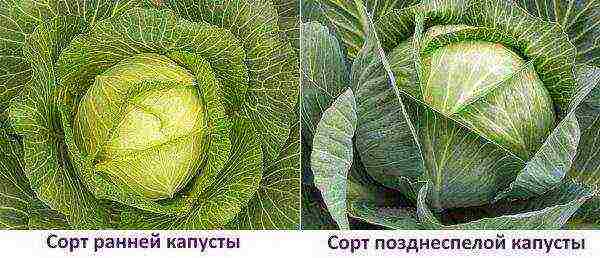
How to grow seedlings correctly
Planting and caring for the variety is similar to caring for cabbage varieties, only the timing of planting seeds for seedlings differs.
Sowing of seeds begins in mid-March, 40-45 days before transplanting into the ground. For this, use shallow containers. Previously, the earth is well spilled with water. Seeds are sown in rows, after germination they need to be thinned out. Further, we maintain the temperature no higher than 6-7 degrees, otherwise the seedlings will begin to stretch and grow weak. After a week of hardening, we increase the temperature to 15 degrees during the day and 12 at night.
After 10 days, when the seedlings have two true leaves, they dive. This will improve the lighting of the plant and strengthen its root. Seedlings need to be deepened to the cotyledonous leaves, the roots should be shortened by a third.
Use water above 18-20 degrees. Compliance with these rules of care will help to avoid the appearance of a black leg.
It's also important to remember good lighting. In April, there is a short daylight hours, so supplement the seedlings with artificial lighting. Use special phyto-lamps or simple fluorescent lamps.
We create good conditions for growth
It all starts with a properly prepared bed. The plant needs a lot of light, it does not tolerate cold winds, plantings are shaded from the northern streams. It will receive good lighting all day if the ridges are located from north to south.
You should also remember about the predecessors. Cruciferous plants are not allowed. Cucumbers, potatoes or onions are good for this.
The soil should be fertile, rich in peat and humus, not acidic. To do this, add dolomite flour, which also increases the magnesium content, which improves the palatability of the fruit.
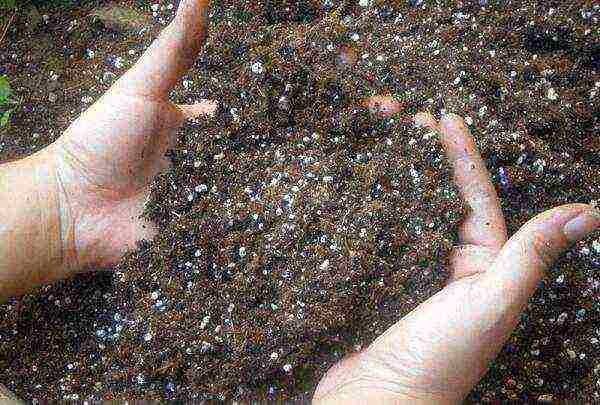
It is better to prepare the beds in the fall.Remove plant residues, loosen the soil. We apply organic and mineral fertilizers. In the fall, you can bring in fresh manure, by the spring it will burn out and will be useful. Add potassium and superphosphate. Sand or peat is mixed with heavy soils. In low places, high ridges are made so that the plants do not get wet.
A good way to increase soil fertility and clean up is sowing green manure. For this culture, it is good to use cereals and legumes, mustard.
We transplant seedlings into open ground
If you have been preparing the beds in the fall, there will be much less work. We loosen the soil, remove weeds, add nitrogen fertilizers. Starting from May 5, we transplant the seedlings to the garden bed. We apply the planting scheme - 45 cm by 45 cm. We plant only healthy, strong plants. We fill the wells with water, we deepen the plants to the cotyledon leaves.We choose cloudy days when planting plants; on sunny days, the seedlings need to be shaded for the entire first week.
Next, water, loosen, feed. The Kazachok hybrid is resistant to various pests and rot, does not get sick with a black leg. This makes maintenance easier.

How to care for a plant outdoors
Cabbage loves warmth and moisture. In the heat, watering is needed at least three times a week, do not let the soil dry out. Watering should be done in the evening, when there is less evaporation. The water should be warm. Abundant watering for early cabbage is important in July - during the formation of heads of cabbage.
We mulch with peat, humus or just soil. Together with hilling, it retains moisture and nourishes the roots. Cabbage is fed with a complete mineral fertilizer (in the composition of phosphorus, nitrogen, potassium), with the addition of trace elements. We apply the first doses of fertilizers three weeks after planting in the ground.
Diseases and pests
The variety is highly resistant to blackleg and mucous bacteriosis; rather resistant to vascular bacteriosis and keel.
Diseases of cabbage: downy mildew, gray and white rot, fusarium wilting. There are many drugs available to combat them. It is better to use products that are safe for humans and the environment. The drug "Fitosporin-M" is just that and gives a good effect. It is useful to treat the ridges with copper-based products: Bordeaux mixture, bankol, phosphate.
Some butterflies and flea beetles are referred to as cabbage pests. You can use Fitoverm or dust the plants with mustard, ground pepper, tobacco dust.
- Downy mildew on cabbage leaf close up
- The difference between white and gray rot on cabbage
Harvesting and preservation
In good weather conditions, this hybrid is ready for harvest in early July. The emergence of a fresh vegetable when there are no others yet makes it popular. Rounded, dense, tolerates transportation well, has a presentation. Heads of cabbage ripen at the same time, which is convenient for delivery to the market.
Cabbage is stored for three months, does not rot, does not lose its taste.
The choice of a crop variety for growing in the garden is a very important point. With a large selection of seeds on the market, you can always find what is convenient and beneficial for you.
